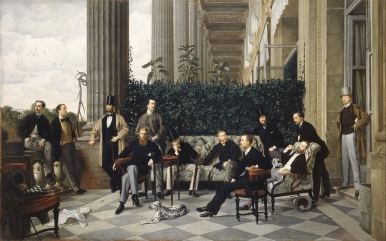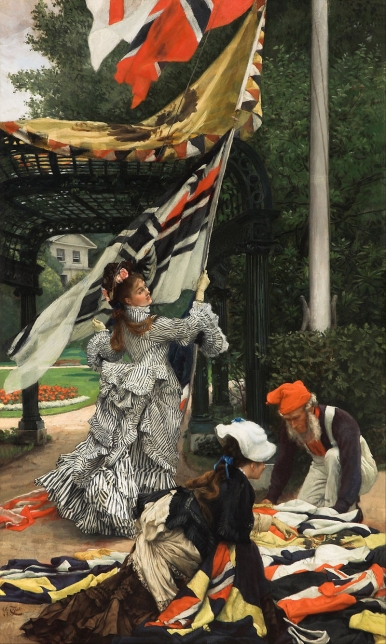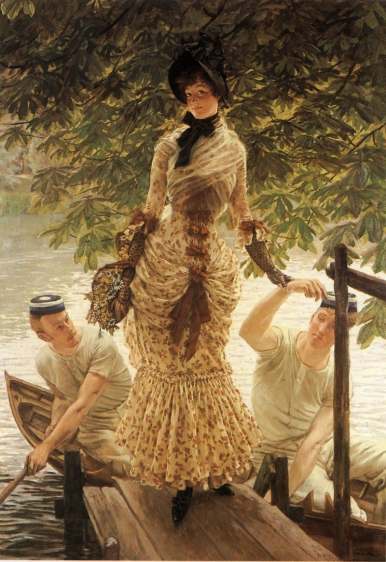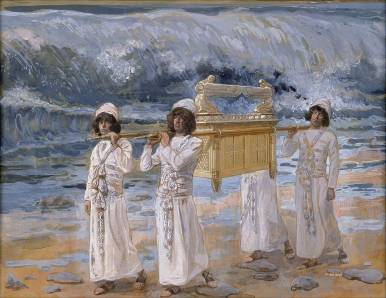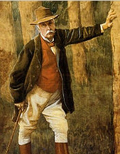
학력
에콜 데 보자르 회화 전공 학사
추가정보
Tissot was born at Nantes. He studied at the Ecole des Beaux-Arts in Paris under Ingres, Flandrin and Lamothe, and exhibited in the Paris Salon for the first time at the age of twenty-three. In 1861 he showed The Meeting of Faust and Marguerite, which was purchased by the state for the Luxembourg Gallery. His first characteristic period made him a painter of the charms of women. Demi-mondaine would be more accurate as a description of the series of studies which he called La Femme a Paris.
He fought in the Franco-Prussian War and, falling under suspicion as a Communard, left Paris for London. Here he studied etching with Sir Seymour Haden, drew caricatures for Vanity Fair, and painted portraits as well as genre subjects.
Sometime in the 1870s Tissot met an Irish divorcee, Mrs. Kathleen Newton, who became his companion and the model for many of his paintings. Mrs. Newton moved into Tissot's household in 1876 and lived with him until her suicide in the late stages of consumption in 1882 at the age of 28.
It was many years before he turned to the chief labor of his career, the production of a series of 700 watercolor drawings to illustrate the life of Christ and the Old Testament. He disappeared from Paris, whither he had returned after the death of Kathleen Newton, and went to Palestine. In 1896 the series of 350 drawings of incidents in the life of Christ was exhibited in Paris, and the following year found them on show in London. They were then published by the firm of Lemercier in Paris, who had paid him 1,100,000 francs for them. (Over 500 related drawings, watercolors and oils are now in the collection of the Brooklyn Museum.)
After this he turned to the scenes of the Old Testament, upon which he was still engaged at the abbey of Buillon, in the department of Doubs, France, when he died.
Style
The merits of Tissot's Bible illustrations lay rather in the care with which he studied the details of scenery than in any quality of religious emotion. He seemed to aim, above all, at accuracy, and, in his figures, at a vivid realism, which was far removed from the conventional treatment of sacred types.

